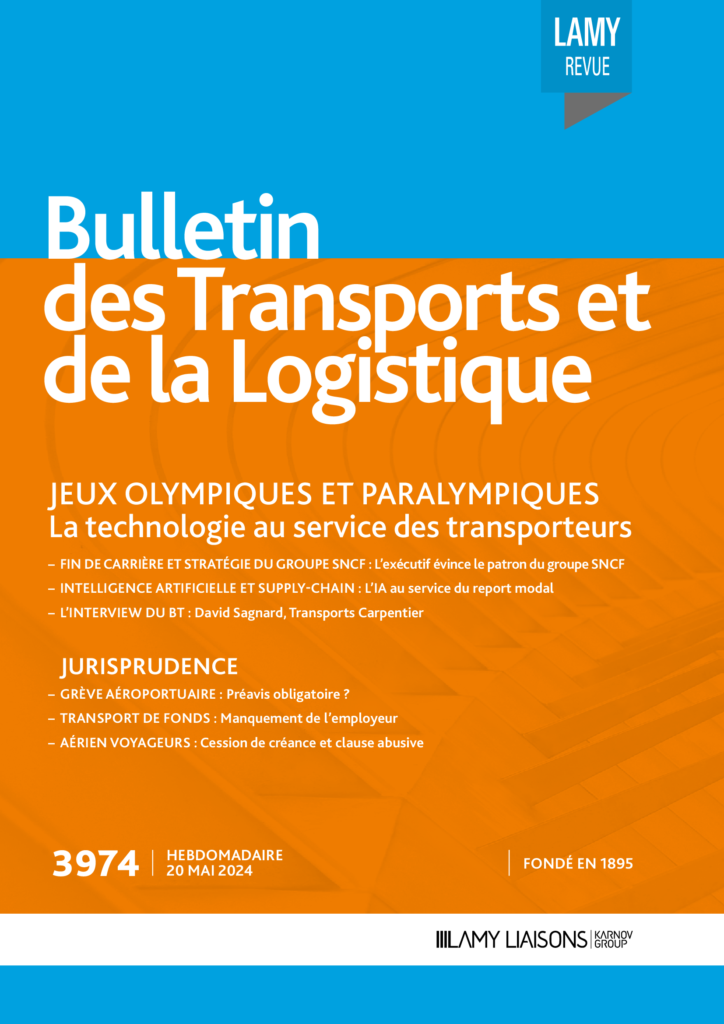BULLETIN DES TRANSPORTS ET DE LA LOGISTIQUE – N° 3974 – May 20th 2024
[…] The association is also addressing the modal shift from road to rail or river—an ongoing theme in the sector. Will AI succeed where many shippers and carriers have repeatedly failed? That is the aim of the “Appel d’aiR” program, funded by Energy Savings Certificates (CEE), which offers a free platform to help shippers and freight forwarders take the plunge, starting by identifying available rail and river transport services. “For the first time, we have listed all rail and river transport services in France, or transiting through France,” says Stéphana Chassin. Shippers can enter their logistics flows (anonymously) and see which routes could be replaced with alternative modes over a rolling five-day period, with appropriate schedules, a list of corresponding operators, and the associated CO₂ emissions reduction. “We offer filters that will be enriched over time, with already very detailed information for certain sectors such as cereals, automotive, chemicals, hazardous materials, and retail,” she adds. Even better, the tool allows shippers to pool their flows with other actors to reach a critical mass sufficient to fill a barge or train. About a hundred companies currently use the platform, and Appel d’aiR aims to achieve a modal shift equivalent to two billion tonne-kilometers by 2025. The requests also allow the association to understand which routes interest shippers and detect any new needs to relay to transport providers. Finally, AI helps optimize calculation times by processing billions of combinations, while focusing on viable scenarios. Given the volume of data, AI makes it possible to generate predictive scenarios and, for example, classify different types of goods, as not all can be transported together.
By – Grégoire Hamon

